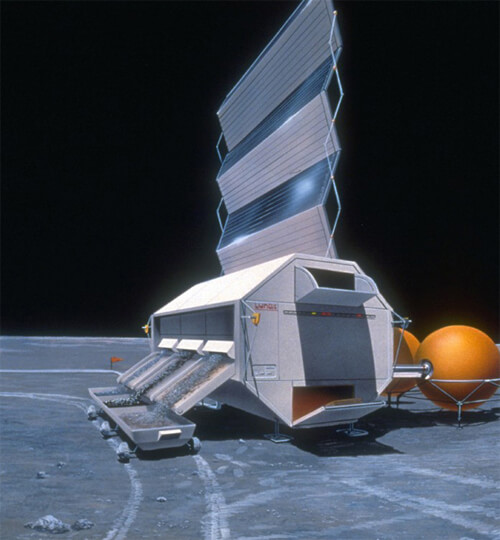
Future astronauts could use Moon rock and 3D printers to make tools and equipment on site 1st December 2012 Imagine landing on the Moon or Mars, putting rocks into a 3D printer and making something useful – like a needed wrench or replacement part.
"It sounds like science fiction, but now it's really possible,'' says Amit Bandyopadhyay, School of Mechanical and Materials Engineering at Washington State University. He and a group of colleagues have published a study in Rapid Prototyping Journal demonstrating how to print parts using materials from the Moon. Approached by NASA Three-dimensional fabrication technology, also known as additive manufacturing, allows researchers to produce complex 3-D objects directly from computer-aided design (CAD) models, printing the material layer by layer. In this case, the material is heated using a high temperature laser, printing objects like melting candle wax to a desired shape.
Simple shapes built The WSU researchers were concerned about how the Moon rock material – which is made of silicon, aluminum, calcium, iron and magnesium oxides – would melt. But they found it behaved similarly to silica, and were able to build a few simple shapes. The researchers are the first in the world to demonstrate fabrication of parts using Moon-like material. They sent their pieces to NASA. Tailoring composition, geometry "The advantage of additive manufacturing is that you can control the composition as well as the geometry,'' says Bose. In the future, the researchers hope to show that the lunar material could be used to do remote repairs. "As long as you can have additive manufacturing set up, you may be able to scoop up and print whatever you want," says Bandyopadhyay. "It's not that far-fetched.'' "It's not something that we're doing that will go to product tomorrow, or the day after. But maybe in the next 50 years, 100 years, this is what is going to be the norm – standard practice for mankind."
Comments »
|








